Fashionable Inclusiveness
12 years ago by

Who thought those two words would go together?
No one really , right? For years, fashion has been left to the exclusive ranks of those who could afford it, or know someone who knows someone who can get you a discount. But with Zara and Insert Designer Name Here for H&M making fashion accessible for everyone, its actually on trend to be inclusive.
Designers are casting real people as models, found on tumblr (Diesel) and Instagram (talking to you Mr. Jacobs) for their runway shows and ad campaigns* . Do you think we’re headed toward real inclusiveness in the fashion industry? One where the people who not only buy the clothes, actually model them as well?
Does this new way of casting ( on the street, Instagram, tumblr …) mean we all have a chance to become the next Kate Moss?
*Lanvin, Givenchy, and even Barney’s have all recently featured real people in their campaigns


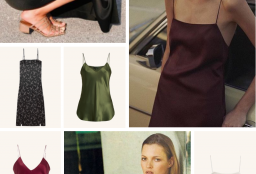

















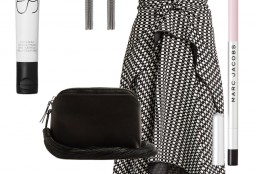
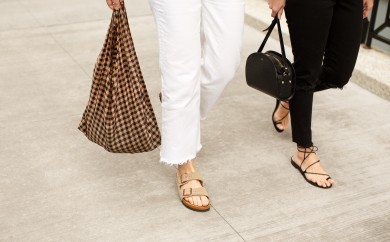
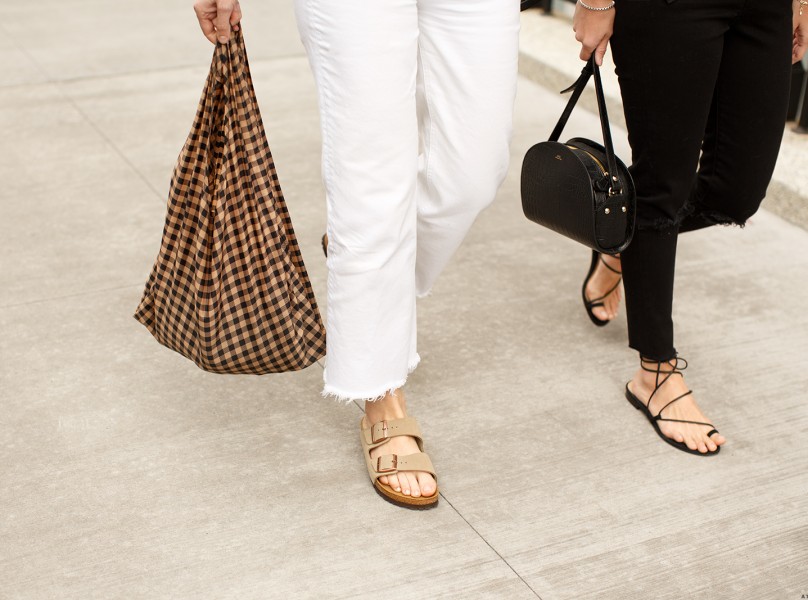
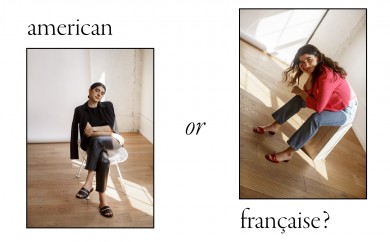
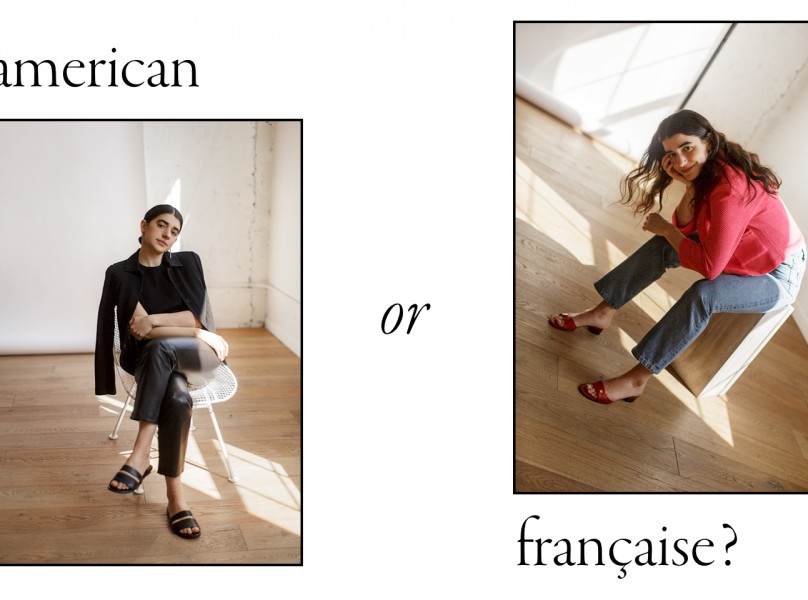
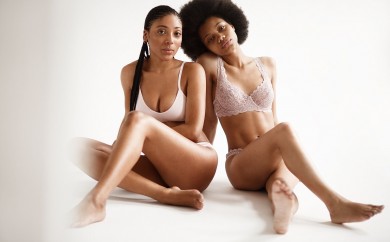
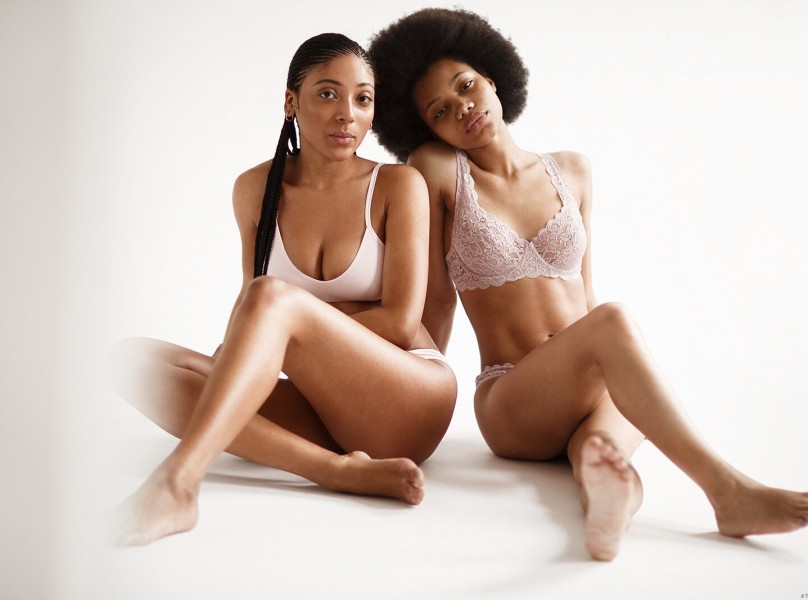
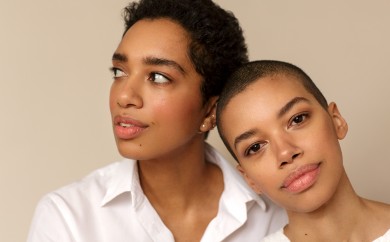
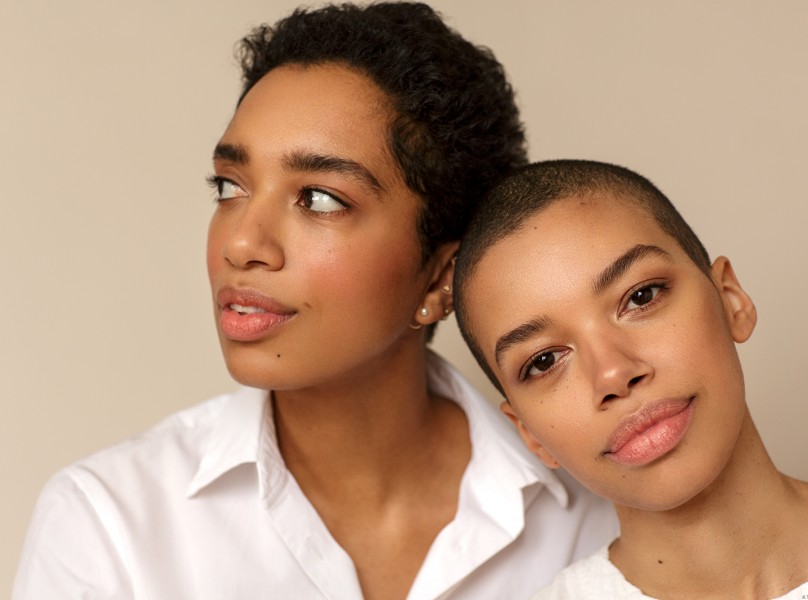
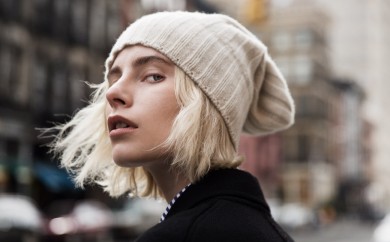
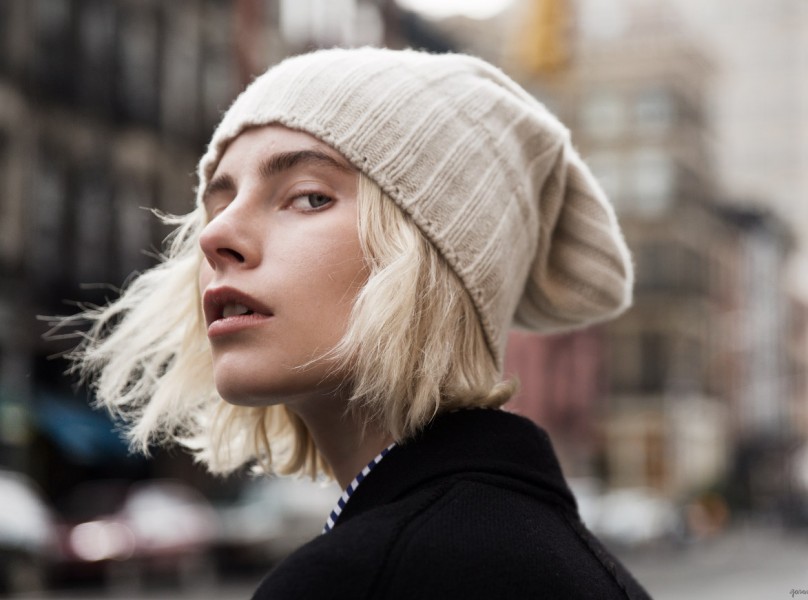
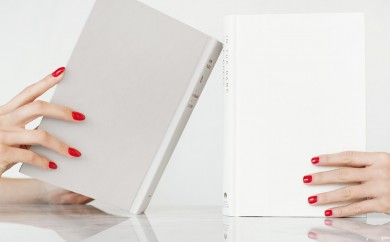
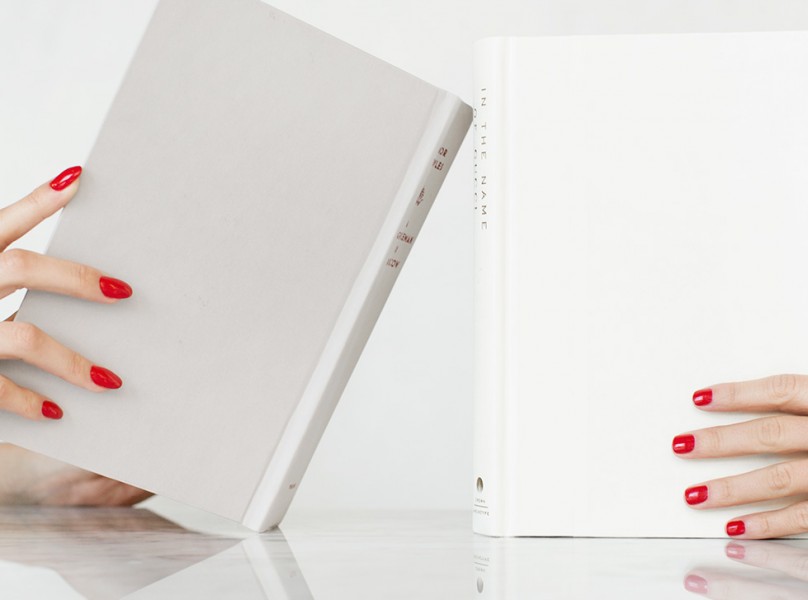
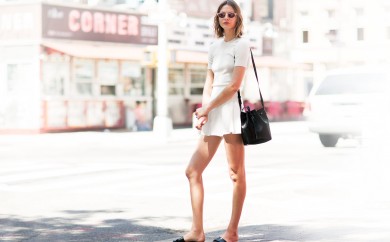
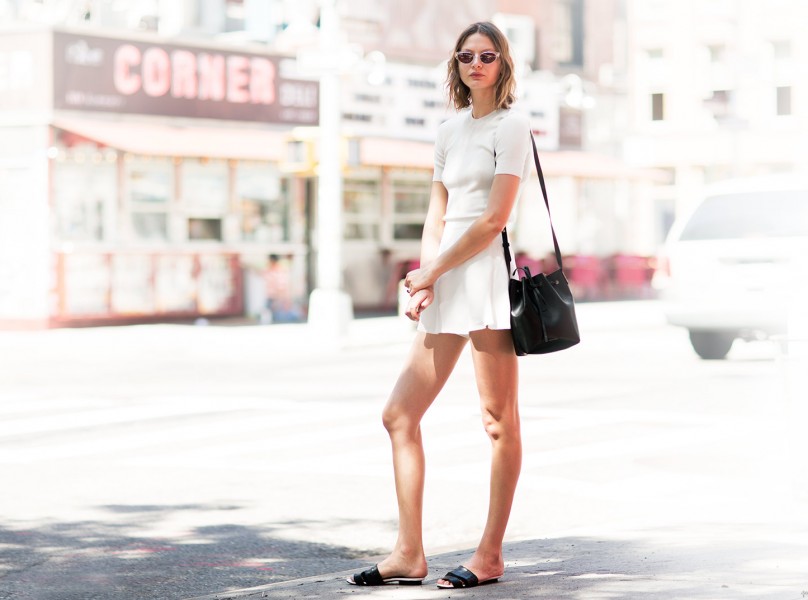
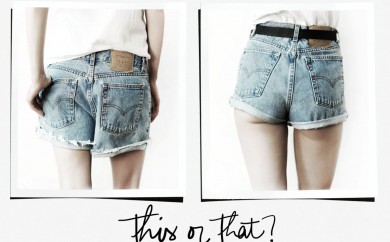
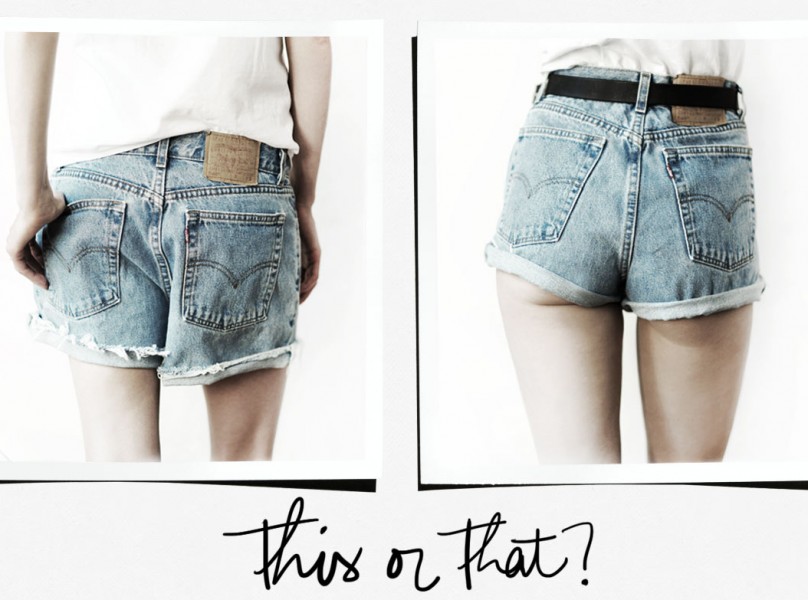
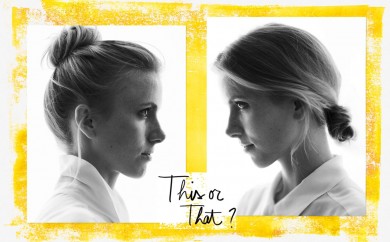
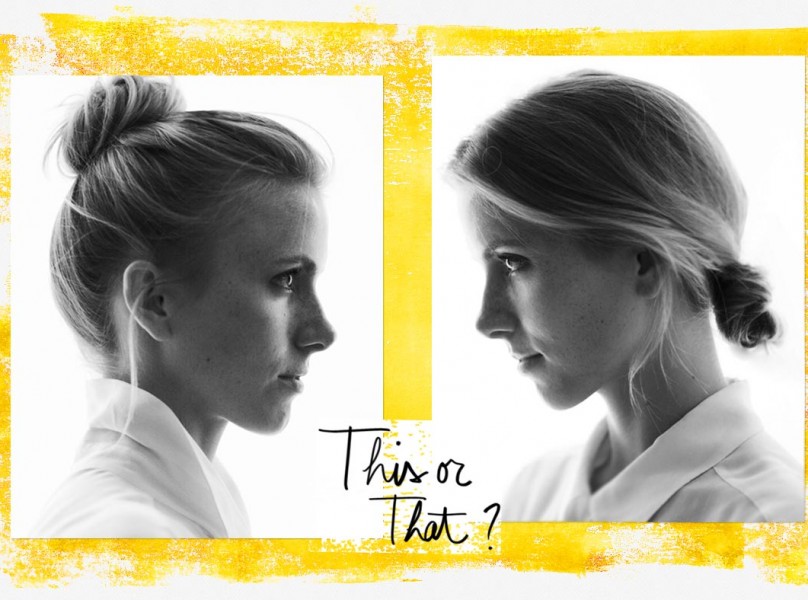

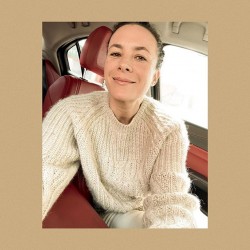


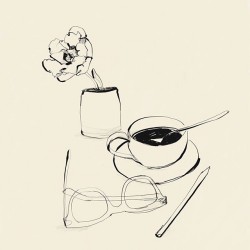

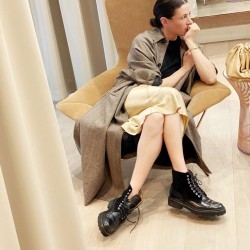

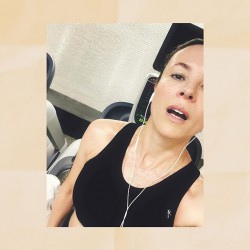
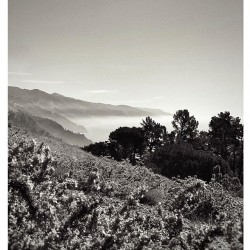
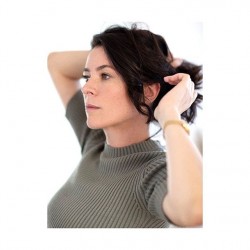
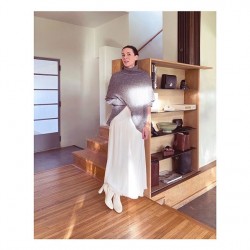
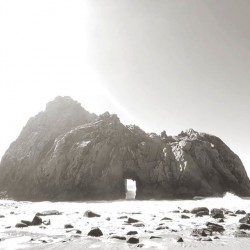

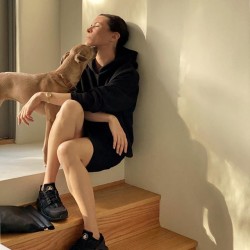
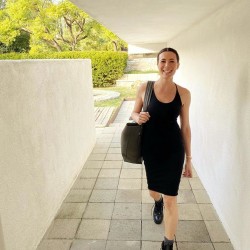
Many models, who were just ordinary young girls were discovered in public places by modeling agencies and got offered a job. There is a Nigerian model who was spotted by a modeling agency while she was selling breads in the market.
Even Moss was discovered in 1988 at the age of 14 by Sarah Doukas, the founder of Storm Model Management.
It is nothing new about it.
they are trying to find real people, something that reeks less of marketing cuz everybody is so over that…
http://littleaesthete.com
I believe that “fashion inclusiveness” goes forward, allowing fashion to take part in everybody’s life, on a day by day basis, not only being an issue limited to a small group of connoisseurs.
It also allows people to feel more comfortable in their own skin, avoiding unnecessary comparisons with body types and life styles that don’t match theirs. It sounds like being invited to the big party dressing according to yourself! ;)
Je ne pense pas qu’il s’agisse de devenir la nouvelle Kate Moss grâce à ces gens castés dans la rue, je crois juste que ces campagnes sont faites pour que l’on puisse se sentir plus proche des marques, car ce sont des gens de la vie de tous les jours qui portent les vêtements. Soit dit en passant, je pense que les personnes choisies ont toujours un charisme incroyable ce qui signifie que il n’y a pas besoin d’avoir un corps de mannequin, ni nécessairement d’être jeune, frais et beau pour avoir du style et du charisme, donc je pense que ce genre de campagnes est très bien pour booster notre ego :D.
Shug Avery
http://www.thinkinocognito-eng.blogspot.com
Zara is actually not affordable for most people in the US. I would say that Zara is mostly an upper-middle-class brand. Some middle working class people can occasionally afford it. Most in the US are struggling too much for that.
In Europe, Zara is affordable. It’s for the middle class (problem for the US: the quality doesn’t follow at all the prices, it’s crasy to think people in the US would actually pay these high prices for this kind of quality…).
On the other hand, brands like Abercrombie or Hollister are much more expensive in Europe than it is in the US.
Je comprends que pour la plupart du temps ils récrutent des femmes grandes et minces. Soyons honnête avec nous mêmes la plupart des femmes qui vont chez Zara ou chez Barneys ou je ne sais trop où ne sont pas des femmes minces. Elles sont dans tous les sizes. C’est un truc que je n’arrive pas à comprendre pourquoi un designer ou bien un magasin fast-fashion comme Zara ou H&M par exemple ne représentent pas des mannequins qui représentent leur clientèle réelle. Je fais 130lbs pour 5’6″ ça va c’est normal. Je sais que malgré tout je ne me ferai pas remarqué par un recruteur. Pourquoi? Car je ne représente pas nécessairement les standards pour certaines emblèmes. Déjà avec mon 5’6″ Je suis éliminée directe ahahah! En tout cas, je continue à magasiner où je peux me le permettre pour l’instant. :)
http://www.lecultureclub.com/wp-content/uploads/2011/02/beth-ditto-modeling-for-jean-paul-gaultier-590bes100310.jpg ;)
Fashion remains very exclusive. We may all be able to wear fashionable clothes thanks to brands like Zara and H&M… but at the end of the day, not many people have that unique style and personality that defines fashion.
Also, runways, magazines and fashion weeks remain very exclusive and only a small circle of people can make it to the shows. It is interesting, but I think that media and low cost fashion firms have only made the ideal concept of a life in fashion more desirable, and in a way more exclusive. Picking unknown people just makes us closer to the brands and incentivizes that desire and the dream that it can become true for yourself as well. The current phenomenon has democratized fashion and created opportunities for non-models to break through this exclusive world.
Maybe me becoming the next Kate Moss is a bit of stretch…but at least it helps me imagine that I can be in my own head. Then that’s about it.
Your Friend, Jess
“Fashion Inclusiveness” would mean the fashion industry including women of all ethnicities consistently: black, Asian, Indian and more. If showing “real women” as a trend means only continuing to represent one type of woman when there’s a array of beauty, there will be no forward movement.
I’m seeing real (read not airbrushed or Amazonian) people in ads lately, too! I hope this isn’t a passing trend, like, “Remember in the ’10’s when designers were using REAL people in their ads?” I think it’s being born of the no make up on celebrities trend and push toward healthier living movement. Looking forward to telling my now 3 year old daughter about silly photoshopped photos in 10 years.
I think much of fashion is still unattainable. Like the previous commenter said, much of the US is struggling too much to purchase items which would be considered bargains in regular fashion terms. And even those who live in upper middle class households aren’t buying more than a few new pieces from stores like H&M and Target per season. At least in the Midwest.
Fashion is still barely puts any thought towards dressing larger women. Try being bigger than a size 12 and finding something to fit in you most stores. Some will go up to a 14 or 16, but given the size of the US, it’s a sorely underserved market. Forcing plus sized women to shop online will only limit the amount they buy in the end because most can’t afford to buy all that they need and pay shipping and return shipping on things that don’t fit.
My last thought is that so often fashion is just not practical. And maybe it isn’t supposed to be and that’s part of the appeal, but when you see women walking into fashion week in heels with exposed ankles you’ll never have that be a regular occurrence for women walking through slush on their way to work, or trucking kids to and from school.
I notice that often american people comment on the sizing of clothes of european brands. Well I think as nation they should consider what’s faulty; the clothes sizing or their unusual sizes? Average european doesn’t have problem finding size in Zara or especially H&M. Those stores sport even sizes as big XL, so it’s possible to find normally sized clothes for normally sized people.
Plus it’s also blatantly obvious that average american ( with the exception of new yorkers, and inhabitants of some other larger cities) lacks style of an average european, especially south european or french people (germans and brits are approaching americans in sizes and lack of taste in full speed), who are not in any way richer than regular american family. So if you don’t like to be fashionable on every day basis, or suffer a bit to look good while doing everyday things it’s just fine, but don’t blame it on european sizing. Or even inability to afford high end brands.
It’s about taste, and that je ne sais quoi ;)
I would like to think of it as the beginning of an era..it was about time! Let’s see how that turns out!
Kisses
y
http://yohannasof.blogspot.gr
Much as I enjoy designer pieces, I don’t think that fashion has anything to do with being able to afford expensive clothes. It has to do with personal style, taste and attitude, and as such, some people will always be more talented at it than others.
I really don’t think that wearing Zara or H&M runway copies or designer collaborations means you’re fashionable. I don’t think that having all the money in the world and wearing head-to-toe Sloane Street outfits mean you understand.
And I think that high fashion will and should always be a bit exclusive/elusive, because it’s about the inspiration/aspiration and the dream.
How many people can afford to buy Lanvin or Marc Jacobs, really ?? Or even Zara as Arianna pointed it ? I think it’s just a marketing tool to make most people think this CAN be real, although it’s still for a happy few … Just another way to make us dream
Hmm, interesting question. I think with the increasing inclusiveness part of the special exclusive vibe of (high end) fashion disappears, but at the same time we, the people, increasingly want to see ‘real’ people – which kind of prescribes a more accessible approach to high end fashion. Contradiction?
X STYLONYM http://www.stylonym.blogspot.com
“Designers are casting real people as models” well, that’s an inclusive phrase. Who’s going to be first in the queue to tell Kate Moss or Ines de la Fressange or Grace Jones they’re not real people?
It’s great to see a range of ages and genders and body types modelling; when I was casting finding a forty year old woman with slightly greying hair was almost impossible(I hired my assistant’s older sister, she’s still beautiful in her sixties).
Just let’s be careful about the language we choose to use here. Words are powerful and not only reflect but influence how we view and interact with the world we all share. Models are real human people too.
How about “casting non-professionals”? Models are real people, of course; the distinction in this case is that they’re professionals.
Je pense que les marques font ça pour se rapprocher du grand public. Montrer qu’ils ne sont pas hautains, inaccessibles malgré leurs prix. Franchement, pour moi, du Lanvin restera du Lanvin, qu’il soit porté par Mme Toutlemonde ou Kate Moss. C’est inaccessible pour mon budget (que j’aime ou non la marque!)
Je pense aussi que les personnes qu’ils choisissent ne sont pas tirées au hasard, sans doute des gens plutôt jeunes, charismatiques, plutôt fins (comme le veut la “norme” actuelle)…bref sans être des mannequins, ils doivent mettre en valeur les vêtements portés…
Ce que j’aimerais plutôt c’est pour une fois un book réalisé avec des personnes X ou Y, avec leurs formes, leurs corps et leur charisme personnel quelqu’il soit!
Sur certains books, je suis vraiment désolée de voir certaines pièces portées par des nanas androgynes. Certains vêtements sont faits pour les personnes longues, fines, androgynes…cependant d’autres ont besoin de “formes” (poitrine, hanche…selon la coupe) Il en faut pour tout le monde, et je trouve que quand on regarde les défilés ou les books, on en est bien loin…
The internet is a good platform for people to present themselves, and as such it makes sense that model agents use it as yet another way to find new faces, too. If what you mean by “real people” getting cast means more variety in terms of body shape, age and race instead of concentrating on a pool of elitist (and mainly white), teenage size-zero models, that would be absolutely amazing!
Nevertheless, I think already campaigns such as Marks and Spencer’s ‘leading ladies’ in the UK are a great success! Yes, they use celebrities, but there’s a good mixture of body shapes and ethnicities and the people themselves are presented as an inspiration to others.
It would be fantastic to see more of this.
“Exclusive” fashion exists to build brand desirability. “Designer collaborations” exist because they make a ton of money. (What perfume/cosmetics did for huge businesses like YSL and Chanel, collaborations do for smaller businesses like Philip Lim and Isabel Marant) Given both the current economy and current fashion culture, I doubt whether you can keep a ship afloat in the long run without both. So yes, I think they’re here to stay for a while. At least until brand exclusivity gets so diluted that they all turn in to Pierre Cardin. Then we’ll pull back the other way again.
As for the modelling …yeah, today’s social-media-savvy shopper buys more when she feels included, but doubt it lasts. I think its more of a shock to the system than a long-term strategy.
Until the clothing is manufactured in sizes that all people can wear (and I’m not obese or plus size, but many brands still don’t go up to my size), fashion is DEFINITELY not inclusive.
Shani x
She Dreams in Perfect French
Hmmm, until the fashion industry starts making clothes more affordable to more people, I think it’s going to stay very inclusive. I can justify $800 shoes, $2,500 handbags and $1000 blouses. And financially, I’m doing pretty well. For most of us, we’ve got to be happy with picking through the leftovers at the end of season sales or saving up for one timeless item.
J’en discutais dernièrement avec le dirigent d’une maison de couture, maintenant tout se fait devant sont ordinateur. Avant le job de créateur commençait toujours par un voyage pour inspirer sa future collection, il captait ensuite l’air du temps et proposait quelque chose de très personnel, aujourd’hui et cela se remarque autant sur les podiums et en boutiques, il y beaucoup de points communs entre les silhouettes.
Du coup je suis pas tant surpris par cette nouvelle et je la trouve plutôt intéressante car cela permet un retour au sources de la rue.
C’est juste que le phénomène des réseaux sociaux et autres blogs est devenu une manne pour les annonceurs. Certaines blogueuses (dont Garance) sont devenues plus connues que les rédactrices et surtout sont plus suivies, ce qui représente une cible captive idéale pour eux ! C’est donc super logique qu’ils s’en servent, de façon tout à fait cynique, le plus souvent, ne rêvons pas ! :-)
http://www.mode9.fr
Interesting.
xx
http://www.fashiondenis.com/
These brands may be casting online but at the end of the day with will choose the most apparently model look, I don’t think there’s anything wrong with that. Modeling and photography is an art it should totally be exclusive.